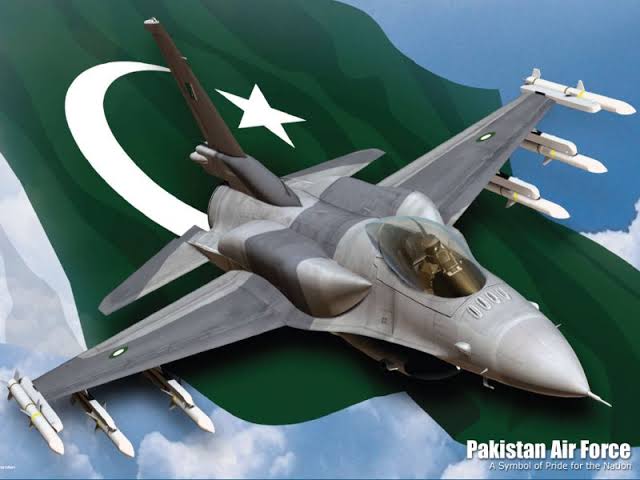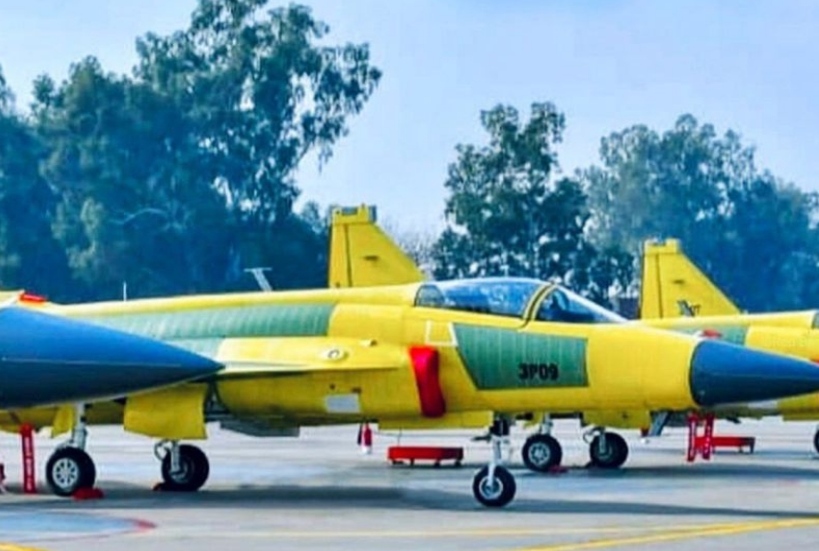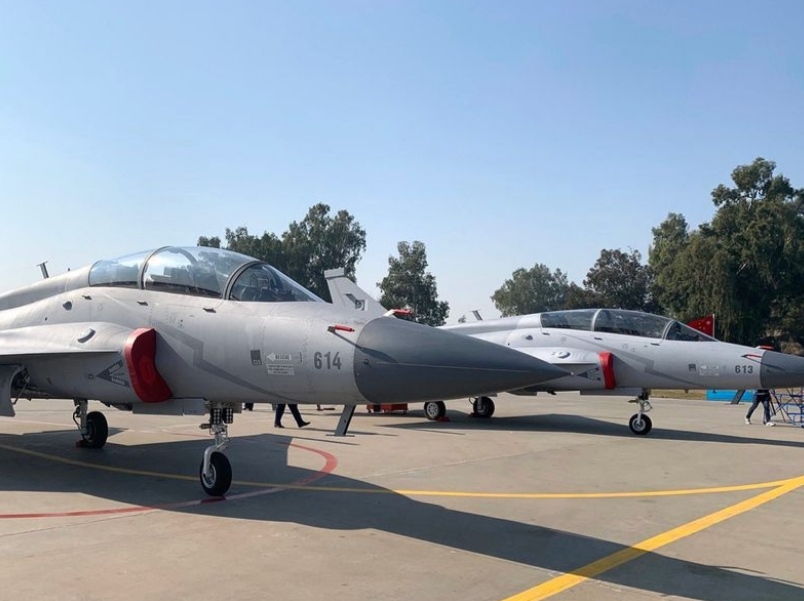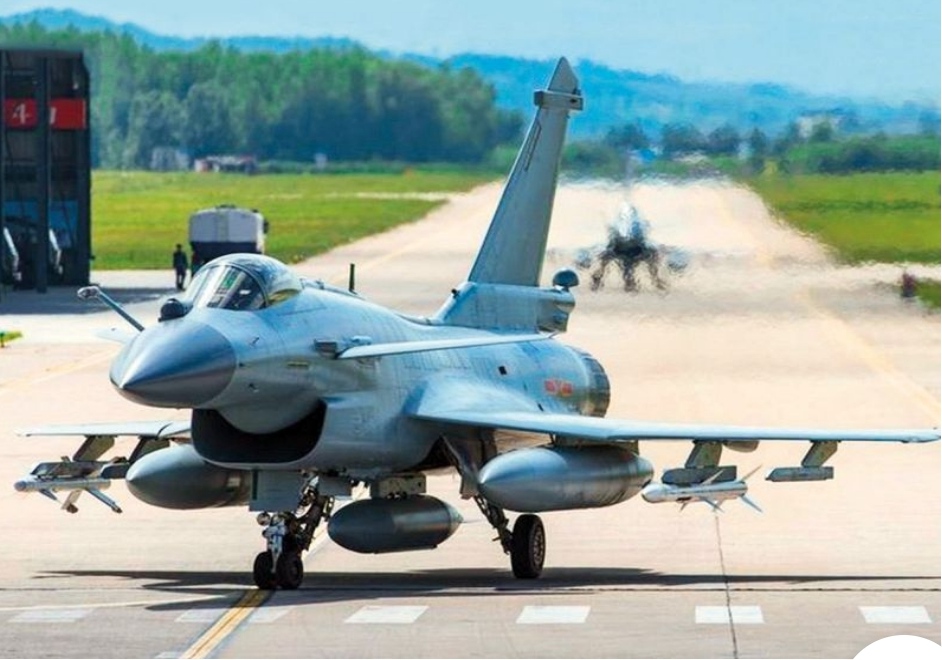Pakistan Air Force Carries out fighter force modernisation with Chinese Junk fighters

JF-17 Block III, J-10 induction to bolster country’s air power, meet future requirements
The year 2022 will be the most significant for Pakistan Air Force as it is set to replace its ageing fleet of fighters with a Chinese fighter which may be getting produced now but is totally obsolete in comparison with what it will be facing on its Eastern Borders.
The most anticipated news is the rollout of JF-17 Thunder Block III fighter jets built at Pakistan Aeronautical Complex (PAC) Kamra, which will become the mainstay of the Pakistan Air Force (PAF) fleet. The rollout ceremony of Block III was held in December and the first of the 50 jets will officially join PAF in early 2022.
Another development is the reported induction of the so called advanced Chengdu J-10C Chinese aircraft in the coming months. Experts say that this is certainly more powerful aircraft than JF17 but at the most it compares with the American F16 fighters. The American fighter when offered to India including its new avatar F21 was outright rejected by India being totally obsolete. No wonder a vintage MiG 21 of IAF had shot down a PAF F16 in air to air combat. So now PAF is going to bolster Pakistan’s air power, with 5hese Chinese Junks, as it has no choice.

The latest PAC Kamra-built JF-17 Block III aircraft rolled out in late December 2021.
JF-17 Block III as Obsolete as the MiG21s
JF-17 Thunder is a single-engine, lightweight, multirole combat aircraft, jointly developed by China and Pakistan. PAC Kamra has delivered nearly 120 JF-17 Block I and II fighter jets to the PAF since 2009. “JF-17 fighter jet program is continuing still as Pakistan achieved the development to operational capability to the launch of upgraded versions in a span of 20 years.”
More than 100 aircraft have already joined the PAF,” said retired Air Marshal Farhat Hussain Khan who is currently serving as President of Islamabad-based Centre for Aerospace and Security Studies (CASS). He served for 36 years with the PAF retiring as Vice Chief of Air Staff and also worked as chief project director of the JF-17 program.
Pakistan’s first “ modern “ – generation aircraft
The Block III variant of JF-17 will be the country’s first 4-generation aircraft and most advanced jet equipped with relatively modern radar system, upgraded sensors, software, and engine to adapt to evolving technologies. “One of the key features will be the Chinese developed advanced Airborne Electronically Scanned Array (AESA) radar”.
Block III will see “massive upgrades in the airframe and systems which will significantly improve the aircraft’s performance and allow it to carry additional armaments.” The new variant of the JF-17 fighter jet “will attract international interest as it will be the only aircraft of its type packing advanced features but is also affordable,” he added. Nigeria and Myanmar are the first export customers for the JF-17 while Malaysia, Argentina, Sri Lanka, Azerbaijan, Egypt, Iraq have expressed interest due to price but after a bit of evaluation most have rejected it.

New batch of dual-seat JF-17 fighter jets joined Pakistan Air Force on December 30, 2020.
What makes JF-17 Block III attractive for PAF
Pakistan’s JF-17 Block III version is claimed by the Chinese to be in the same league as Sweden’s next-generation JAS 39 Gripen NG -. However it hardly features any cutting-edge avionics and high performance while has numerous problems in maintaining increased levels of operational readiness.
Other features claim to include a wide-angle holographic heads-up display which offers a field of view larger than that of F-16, three-axis fly-by-wire digital flight control system, integrated cockpit with single piece man-machine interface, helmet mounted display (HMD) to take full advantage of the PL-10 imaging infrared-guided (IIR) missile’s high-off boresight (HOBS) abilities as well as electronic warfare suite.
Block III weapon payload
“Block III includes one additional hardpoint, making a total of eight, to carry extra pods, weapons, smart munitions, sensors. It will carry IIR-guided PL-10 HOBS air-to-air missiles.

J-10C aircraft.
Is Pakistan acquiring J-10C from China?
Although there is no official confirmation or denial from the air force yet, however, insiders say the country will soon acquire 25 Chengdu J-10 ‘Vigorous Dragon’ multirole fighters. Pakistan’s Interior Minister Sheikh Rasheed Ahmed has announced that J-10C would take part in the Pakistan Day event on March 23. His comments saying that the jets are a “counter to India’s Dassault Rafale jets,”may be considered the biggest joke in the Aviation Circles.
J-10C to help PAF achieve air dominance
Pakistan has long expressed interest in the advanced J-10 as part of ongoing efforts to replace its ageing fleet of F-7, and Mirages as PAF continues to adapt and modernise warfighting capabilities. If confirmed, the acquisition would mark “a major milestone,” making it the most modern and capable fighter in the Pakistani fleet.At the most J10C compares with the American F16.
J-10C – ‘True swing-role aircraft’
Pakistan is expected to buy the latest J-10C model, which has Chinese-built WS-10 engines and features AESA radar and compatibility with extended range PL-15 BVR missiles. The J-10C can help PAF “achieve air dominance and conduct Suppression and Destruction of Enemy Air Defences (SEAD/DEAD) missions to disrupt and destroy adversary air defence systems” claims Shahid Raza.
PAF rethinking high-low mix
The news of possible induction of J-10C has prompted debate whether Pakistan requires another advanced jet along with the rollout of the locally developed capable JF-17 Block III fighter jet. Air Commodore Kaiser Tufail, a former pilot who has flown all PAF fighter jets until 2005 when he retired after 30 years of service, explained the reason for acquiring both aircraft.
“There’s a concept in air force called ‘high-low mix’ which means a mix of a smaller number of expensive and extremely capable aircraft (high) along with a large number of cheaper yet lethal fighter jets (low).” The low-cost and lightweight fighter JF-17 “is the workhorse of Pakistan Air Force which we will have in large numbers. But PAF would also require a smaller fleet of high-end fighters like J-10C which is the most capable yet affordable,” he said, citing the example of the US Air Force that considered the F-16 as a low-end aircraft to augment the F-15 air superiority.
J-10C vs Rafale
Many Pakistani commentators including the interior minister have described the J-10 acquisition as a “counter” to the Rafale jets acquired by India. The J-10C is considered Chinese equivalent to the American F-16s but it will be a significant leap for Pakistan, which relies on older F-16s that have not received upgrades. Comparing the J-10C with Dassault Rafale, Tufail said that “Rafale is one of the world’s most advanced non-stealthy fighters.
One of its key features is the next generation Beyond Visual Range Air-to-Air Missile (BVRAAM) weapon called ‘Meteor’ which has an estimated range of over 150 kilometres. Indian indigenous air to air missiles in this range are also about to enter IAF arsenal.



